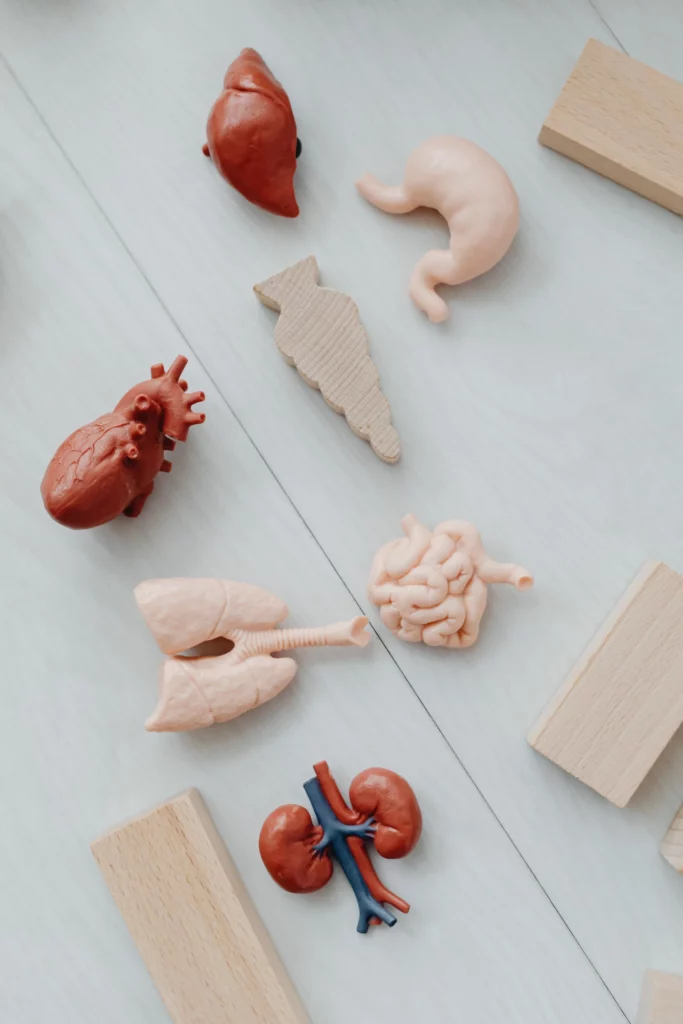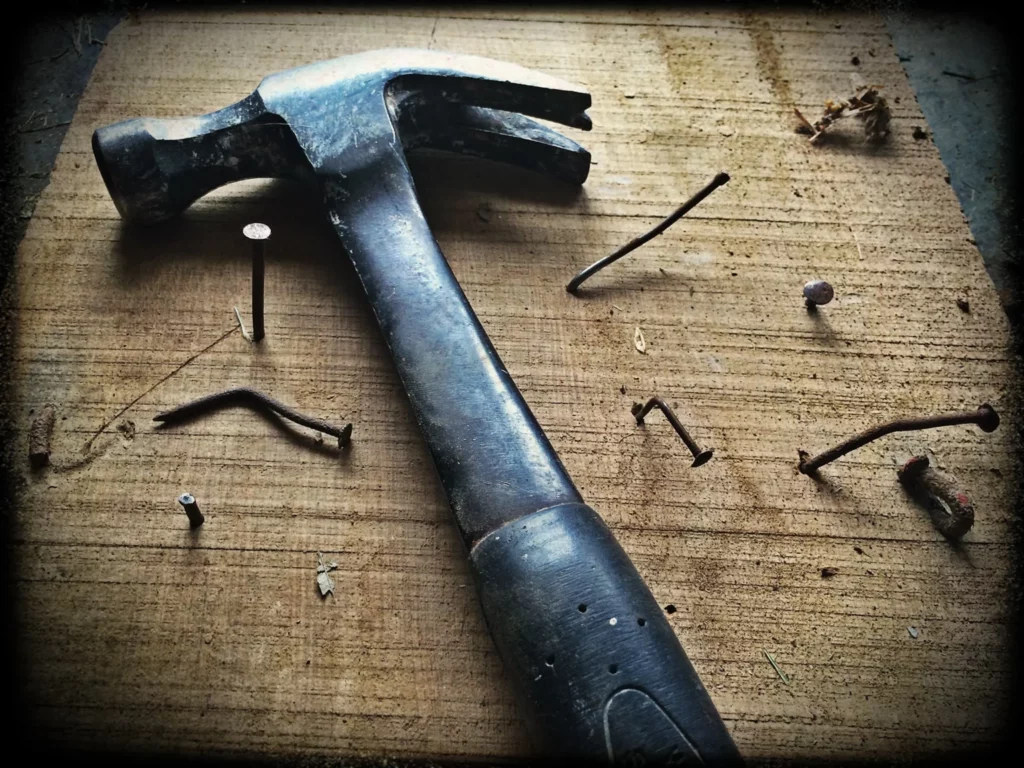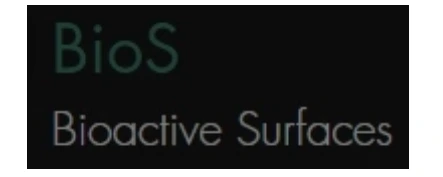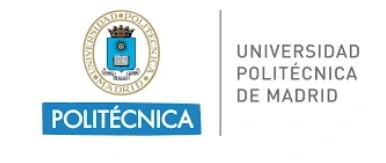THOR
Biomaterials engineering for organ repair
Writer
Celeste Chidiac, PhD
Keywords
Microfluidic Devices, Intelligent Microfluidics, Artificial Intelligence, Machine Learning
Author
Marlene Kopf
Publication Date
October 18, 2023
Keywords
Intelligent Microfluidics
Deep Learning
Microfluidic Devices
Artificial Intelligence
Machine Learning
Organ repair
biomaterials engineering
blood-brain barrier
spider-bots
Your microfluidic SME partner for Horizon Europe
We take care of microfluidic engineering, work on valorization and optimize the proposal with you
Microfluidic ‘spider-bots’ pave the way for biomaterials engineering.
Biomaterials engineering for organ repair: introdution

One of the most pressing challenges of modern medicine is the lack of satisfactory treatments for the tens of millions of humans suffering from degenerative diseases or organ failures.
The only options for organ replacement lie in finding rare compatible donors or generating humanized animal organs.
We lack the technology capable of engineering complex artificial tissues for transplant into human patients.
The main challenges faced by biomaterials engineering techniques are linked to the recreation of stable vascular networks providing oxygen (O2) and nutrients to the artificial tissues, as in native tissues.
Therefore, there is an excellent interest in crafting a breakthrough methodology for designing vascularized biomaterials that are functional for human tissue repair.
In the long-term, large-scale biomaterials engineering of human-compatible tissue could spawn a novel industrial sector serving an open market of currently unmet needs in regenerative medicine.
Biomaterials engineering for organ repair: project description
The THOR project, coordinated by Universidad Politecnica de Madrid (Spain), aims to create a novel manufacturing technology to replicate human tissues, ideally compatible with transplant in humans.
Significant technological breakthroughs lie at the foundations of THOR: biomimetic nanorobots named “spider-bots” have been designed to work in automated production plants for biomaterials engineering.
The spider bots employ 3D spatial positioning of self-assembling molecules (SAM), which respond to environmental variations and can either solidify or dissolve.
Combined with angiogenic factors and relevant cell lineages embedded in a microfluidic system, this technique can give rise to various self-assembling structures (SAS) for scaffolding, such as hollow and solid polymeric fibers.
Further methodologies employed within the project are the exploitation of 3D models of actual tissues obtained by perfusion angiography, combined with micro-CT and micro-optical Sectioning Tomography.
By combining all these different technologies, the biomaterial engineering of humanized tissue containing an embedded vascular network can be achieved. The proof of concept for project THOR will be the realization of an artificial piece of hippocampal tissue and its integration with native tissues in a hybrid system.
Biomaterials engineering for organ repair: our role

We will design and construct the microfluidic setup and flow sensors tailored to the needs of THOR. The perfusion setup will provide intravascular flow and hydrodynamic shear stress necessary to generate neovascularization and angiogenesis in the biomaterial fabricated by the nanobots.
Thanks to our expertise in microfluidic perfusion technology, it will be possible to optimize parameters such as flow rate, continuous O2 supply, pressure fluid, and different hemodynamic parameters (PO2, PCO2), as in native tissues.
Implementing the microfluidic setup with the technologies above will be paramount in successful biomaterials engineering.
Specifically, within THOR, it will create a working artificial hippocampal tissue, even mimicking a functional blood-brain barrier (BBB), guaranteeing O2 and nutrient diffusion to all the biomaterial.






Funding and Support
This project has received funding from the European Union under HORIZON-EIC-2022-PATHFINDEROPEN-01-01, grant agreement No. 101099719 (THOR).
Start date: 1 January 2023
End date: 31 December 2026
EU contribution: € 3,351,650
Check our Projects
FAQ – Biomaterials engineering for organ repair: THOR
What is THOR?
THOR is a European project that aims to develop a new method for making human-compatible tissues, with a focus on creating stable, perfusable vasculature in vitro within engineered biomaterials. The long game is repairing organs: not ideally, but towards transplantable constructs.
What is the most important challenge for vascularized biomaterials?
Engineered tissues cannot survive without a continuous supply of oxygen and nutrients. The make-or-buy process for long-term functionality and integration with host tissue involves building a robust microvascular network capable of withstanding shear stress, maintaining O2 and CO2 gradients, and promoting angiogenesis. THOR will address this bottleneck by co-engineering the vasculature with the scaffold from the very beginning.
What are the spider-bots, and why are they not the same as traditional bioprinting?
In THOR, biomimetic nanorobotic agents, known as spider-bots, place and initiate self-assembling molecules (SAMs) in 3D. They do not deposit bulk material line by line as a printer does, but rather through local self-assembly to form self-assembling structures (SAS), such as hollow and solid polymeric fibers, which can be used as perfusable conduits. Differently put: the less extrusion, the more intelligent self-assembly.
What are the data and imaging pipelines that inform the designs?
The team uses perfusion angiography in combination with micro-CT and micro-optical sectioning tomography in order to obtain realistic 3D tissue architectures. These datasets direct the placement of SAS by the spider-bots and arbitrary CAD sketches.
What will be considered a result of a proof-of-concept?
A working block of hippocampal tissue, which is manufactured as a vascularized biomaterial and interconnected with the native tissue in a hybrid apparatus. With embedded vasculature, a success criterion is to be able to achieve diffusion-limited viability throughout the entire construct (because of its embedded vasculature) and exhibit barrier properties similar to those of a blood-brain barrier (BBB).
What is MIC (the Microfluidics Innovation Center) constructing?
MIC prepares and manufactures the microfluidic perfusion configuration of the project and custom flow sensors. On the platform, intravascular flow is provided, shear stress is carefully regulated, O2 is delivered continuously, and pressure is controlled; therefore, angiogenesis is no longer a matter of chance. It is the physiology box around the biomaterial: the flow rate is controlled, PO2/PCO2 is monitored, and the perfusion of the recently developed vasculature is maintained constant to ensure its survival and remodeling.
Does the microfluidic system aid in the modeling of the blood-brain barrier (BBB)?
Channel geometries, perfusion hardware, and the sensing stack are adjusted to recreate BBB-like conditions, including sustained shear, oxygenation, and nutrient gradients, so that the hippocampal construct can replicate barrier properties and selective transport in vitro. Such realism is essential for later grafting of the construct into a hybrid (engineered + native) system.
Why is THOR not like the rest of tissue-engineering?
Three elements hardly fused to this level: (i) nanorobotic self-assembling geometry (spider-bots + SAM) to build geometry on demand, (ii) angiography/micro-CT/micro-optical data-driven target shapes, and (iii) a microfluidic perfusion environment tailored to support vascular maturation- not added perfusion afterwards.
What does this take one outside the lab?
Provided that it is scalable, the methodology would open an industrial gateway to synthesize the human-compatible, vascularized tissues on demand, satisfying a broad, unmet need in regenerative medicine, as donor organs are only available in limited supply. The project makes this very clear as the seed of a future manufacturing industry, and not a one-off demonstration.
Does MIC have the option to join new Horizon Europe consortia on similar issues?
Yes. MIC regularly works with universities, clinics, and deep-tech SMEs on Horizon Europe actions (such as EIC Pathfinder/Open). We also deal with microfluidic engineering, sensorization, and technology valorization, and assist in end-to-end proposal shaping. In our experience, incorporating a specialized SME in microfluidics enhances the credibility of a proposal and plan of execution in a measurably positive way; projects that have implemented the prototype-driven approach of MIC have reported success rates approximately twice the official baseline of similar calls, due to better-defined work packages, integration strategies, and prototypes ready to build.
What are the tangible capabilities that MIC can offer to a new project (over THOR)?
Located on a rapid prototyping of perfusion systems and organ-on-chip, custom flow/pressure/O2 sensors, multiparametric experiments automation, manufacturability, and on-the-job support during exploitation and scale-up. We are also adding to data packages- benchmarking vasculature functioning, BBB markers, and shear-dependent responses, hence the reviewers are presented with not only a concept, but a plausible path to TRL development.


